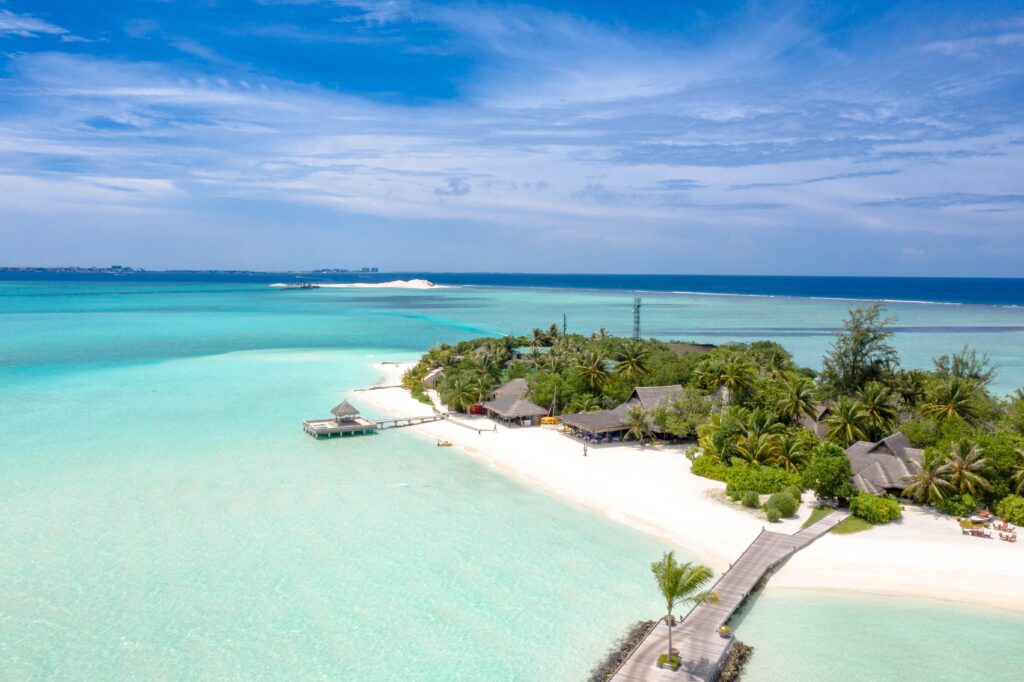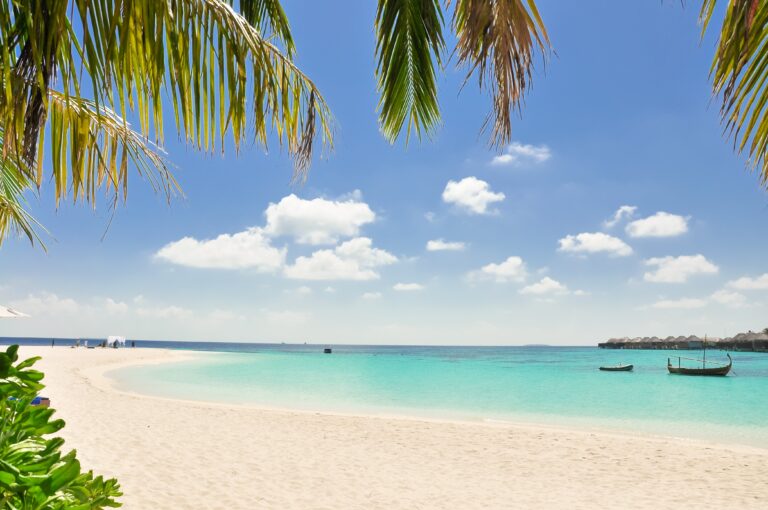Introduction
Nestled along the serene shores of the Caribbean Sea, Nicaragua’s Caribbean coast holds a hidden treasure for adventurous souls and water enthusiasts – a world beneath the waves waiting to be explored. Diving in this enchanting region unveils a breathtaking tapestry of marine life and underwater landscapes, making it a dream destination for scuba enthusiasts. In this blog post, we will take you on a virtual dive into the depths of Nicaragua’s Caribbean coast, sharing the wonders of its dive sites, the rich marine life, and essential tips for a safe and unforgettable underwater experience. Whether you’re a seasoned diver or a beginner, the Caribbean coast of Nicaragua promises an aquatic adventure like no other.
The Natural Beauty of Nicaragua’s Caribbean Coast
Unique Geographical Features
Nicaragua’s Caribbean coast is a land of contrasts, where lush rainforests meet pristine beaches and where rugged mountains give way to tranquil lagoons. The region’s unique geographical features include the dramatic Mosquito Coast, known locally as La Mosquitia, which extends for approximately 225 miles along the Caribbean Sea. This sparsely populated area is home to an array of wildlife, from jaguars to manatees, and boasts countless mangroves, rivers, and wetlands that contribute to its exceptional biodiversity.
Furthermore, the coastal area encompasses the Corn Islands, two idyllic isles known for their crystal-clear waters and coral reefs. These islands are a diver’s paradise, offering some of the most breathtaking underwater scenery in the world.
Marine Life and Underwater Ecosystems
The Caribbean coast of Nicaragua is a haven for marine life and underwater ecosystems. The turquoise waters here are teeming with an astounding variety of fish, including parrotfish, barracudas, and colorful reef species. Snorkelers and divers will be mesmerized by the sight of vibrant coral formations that provide refuge for countless species of marine creatures.
One of the most iconic inhabitants of this region is the endangered Hawksbill sea turtle. These graceful creatures nest on the beaches of the Caribbean coast, and conservation efforts are in place to protect their fragile populations. Witnessing a sea turtle nesting or hatchlings making their way to the sea is a truly awe-inspiring experience.
The Appeal of Crystal-Clear Waters
The crystal-clear waters of Nicaragua’s Caribbean coast are nothing short of magical. The visibility beneath the surface is often astonishing, making it an ideal destination for snorkeling and scuba diving. Whether you’re exploring coral gardens, underwater caves, or shipwrecks, the clarity of the water ensures that you won’t miss a moment of the underwater wonderland.
Beyond water activities, the translucent seas offer an opportunity for relaxation and tranquility. Picture yourself lounging on the pristine beaches, the gently lapping waves inviting you for a refreshing swim. It’s a paradise for those seeking a serene escape.

Diving Conditions and Seasons
Best Times to Visit for Diving
The best time for diving on Nicaragua’s Caribbean coast is during the dry season, which typically spans from November to April. This period offers the most favorable weather conditions, with calm seas, clear skies, and minimal rainfall. The visibility underwater is at its peak during these months, often exceeding 100 feet (30 meters). This makes it an ideal time for exploring the vibrant coral reefs, underwater caves, and diverse marine life that the region is known for.
Water Conditions and Potential Challenges
While the dry season provides excellent diving conditions, it’s important to note that this region can experience strong currents, particularly at sites like Blowing Rock, which may not be suitable for novice divers. Currents at Blowing Rock are a double-edged sword – they attract pelagic species but require experienced divers to navigate safely. Additionally, some dive sites may have varying water temperatures, so be prepared with appropriate exposure protection.
During the wet season (May to October), you can expect more rain and choppier seas. Although diving is still possible, the weather and underwater visibility may not be as favorable as during the dry season. It’s essential to monitor weather forecasts and consider the experience level of your diving group when planning your trip.
Permits and Regulations
Before embarking on your diving adventure, it’s crucial to be aware of the necessary permits and regulations. Diving operations on Nicaragua’s Caribbean coast are regulated by the Nicaraguan Institute of Tourism (INTUR) and the Ministry of the Environment and Natural Resources (MARENA). Most reputable dive operators will ensure that you have the required permits and adhere to safety standards.
As a responsible diver, it’s essential to prioritize the protection of the marine environment. This includes respecting marine life and coral formations, not touching or removing anything from the sea, and following sustainable diving practices.
Marine Life Encounters
Diverse Marine Species
Nicaragua’s Caribbean coast is a haven for marine life enthusiasts. The crystal-clear waters teem with an astonishing variety of species, from the smallest colorful nudibranchs to the largest majestic whale sharks. Divers can expect to encounter hawksbill and loggerhead sea turtles gracefully gliding through the depths, while schools of barracuda and jacks provide a thrilling spectacle. Vibrantly colored parrotfish and angelfish add to the rainbow of life that adorns the coral reefs. And if you’re lucky, you might spot a curious octopus hiding in the crevices of the underwater landscape.
Memorable Wildlife Encounters
One of the most memorable encounters for divers on Nicaragua’s Caribbean coast is the opportunity to swim alongside gentle giants – whale sharks. These colossal creatures, often spotted near Little Corn Island, are the largest fish in the sea. Divers who have been fortunate enough to share the water with them describe it as an awe-inspiring experience. Whale sharks are known for their docile nature, and swimming with them is a true bucket-list item for many.
For those who appreciate the smaller, more intricate aspects of marine life, finding seahorses in the coral gardens of sites like Little Corn Island is a joy. These elusive creatures are masters of camouflage, and spotting them amidst the swaying corals and seagrasses is like discovering hidden treasures.
Responsible Diving and Conservation Efforts
While the allure of the underwater world is undeniable, responsible diving and conservation efforts are paramount to preserving this fragile ecosystem. Divers should refrain from touching or disturbing marine life and corals, as these actions can harm the delicate balance of the underwater environment. It’s crucial to follow the “leave no trace” principle and carry out any trash or debris encountered during dives.
Conservation efforts are actively supported by local dive operators and organizations. Some sites have established marine protected areas to safeguard the habitats of endangered species like sea turtles. By choosing eco-conscious dive operators and participating in local initiatives, divers can contribute to the preservation of the remarkable marine life on Nicaragua’s Caribbean coast.
Dive Operators and Services
Little Corn Beach and Bungalow Dive Center
Services Offered: Little Corn Beach and Bungalow Dive Center is known for its comprehensive range of services. They provide equipment rental, PADI certification courses for beginners and advanced divers, guided dives, and snorkeling excursions. Their experienced instructors and guides are well-versed in the local marine life and underwater sites.
Customer Reviews: Visitors have praised the center for its professional staff, personalized approach to diving, and the stunning underwater experiences they offer. Many divers have shared their memorable encounters with marine life and have commended the center for its commitment to responsible diving practices.
Dive Little Corn
Services Offered: Dive Little Corn is another prominent dive operator on Little Corn Island. They offer guided dives for divers of all levels, from beginners to experienced divers. The center also provides PADI courses, snorkeling trips, and equipment rental, ensuring that visitors have everything they need for an unforgettable diving experience.
Customer Reviews: Divers have raved about the friendly and knowledgeable staff at Dive Little Corn. Reviews often highlight the exciting marine life encounters, such as swimming with whale sharks and exploring vibrant coral reefs. The center’s commitment to safety and environmental conservation is also highly praised.
Aquatic Adventures Nicaragua
Services Offered: Aquatic Adventures Nicaragua, based in Big Corn Island, offers a variety of diving services, including guided dives, PADI certification courses, and equipment rental. They specialize in creating customized dive packages to suit divers’ preferences and skill levels.
Customer Reviews: Customers have commended Aquatic Adventures Nicaragua for its flexibility in catering to divers’ needs. The friendly and accommodating staff, along with the incredible marine encounters, have left divers with lasting memories. Many reviews emphasize the center’s commitment to preserving the marine environment.
Big Fish Dive Center
Services Offered: Situated on Big Corn Island, Big Fish Dive Center offers guided dives and PADI courses. They focus on small group sizes to provide a more personalized experience for divers. Equipment rental and snorkeling trips are also available.
Customer Reviews: Divers have lauded Big Fish Dive Center for its attention to safety, particularly for novice divers. The center’s professionalism and passion for marine conservation have left a positive impression on visitors, who often share stories of their underwater adventures.
VIDEO CREDITS: VisitNicaragua
Frequently Asked Questions (FAQs)
Q: Is diving in Nicaragua suitable for beginners?
A: Yes, Nicaragua offers dive sites suitable for divers of all levels, with many dive centers providing training.
Q: What is the best time to go diving in Nicaragua?
A: The dry season from December to April provides the best diving conditions, with clear waters and warm temperatures.
Q: Are there any age restrictions for diving?
A: Most dive centers have a minimum age requirement, usually around 10 years old, but it can vary.
Q: Can I see sharks while diving in Nicaragua?
A: Yes, Nicaragua’s waters are home to various shark species, including bull sharks, hammerhead sharks, and nurse sharks.
Q: What should I pack for a diving trip to Nicaragua?
A: Pack swimwear, sun protection, a diving mask, snorkel, and a camera to capture the beauty of the underwater world.
Q: Are night dives available in Nicaragua?
A: Some dive operators offer night dives for those interested in experiencing the nocturnal marine world.
Conclusion
As our virtual dive comes to an end, we hope this journey has ignited your curiosity and wanderlust for the underwater wonders of Nicaragua’s Caribbean coast. The crystal-clear waters, vibrant marine life, and diverse dive sites are a testament to the natural beauty that awaits those who dare to explore beneath the surface. Remember, responsible diving and conservation are paramount to preserving this aquatic paradise for generations to come. So, start planning your dive adventure, and let the Caribbean coast of Nicaragua be the backdrop to your underwater escapades. Dive in, discover, and create memories that will last a lifetime in this captivating underwater realm.
UP NEXT



